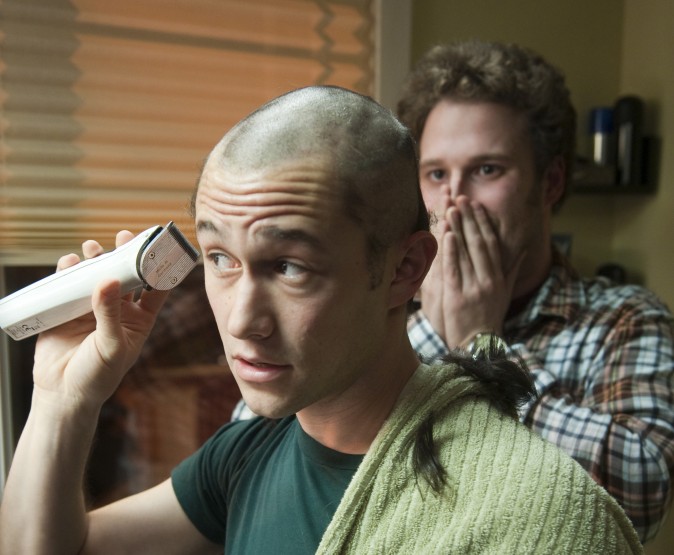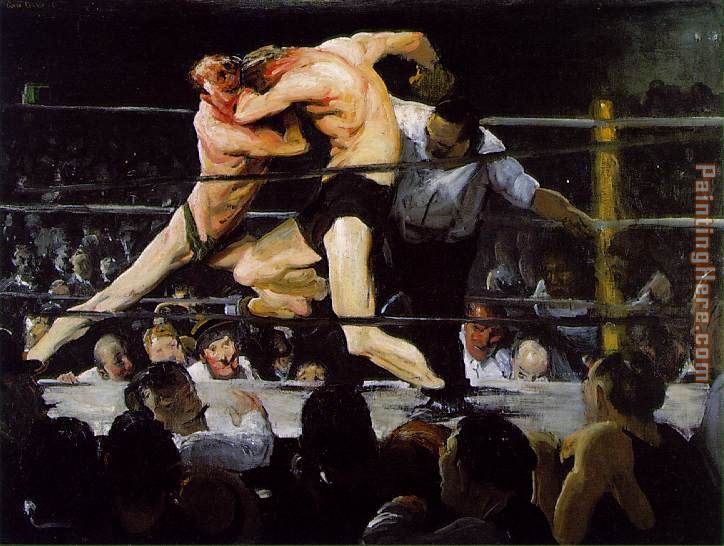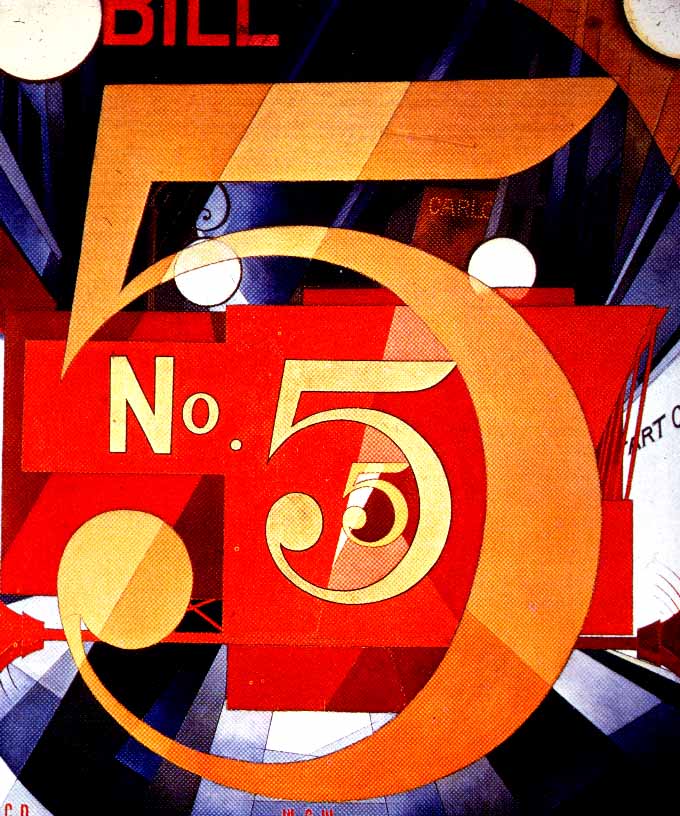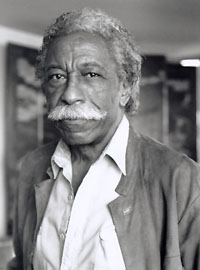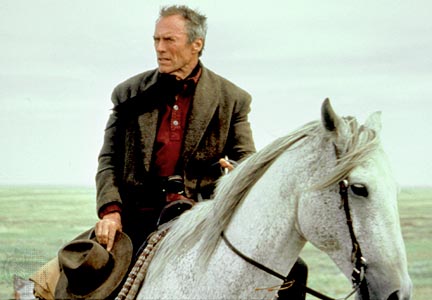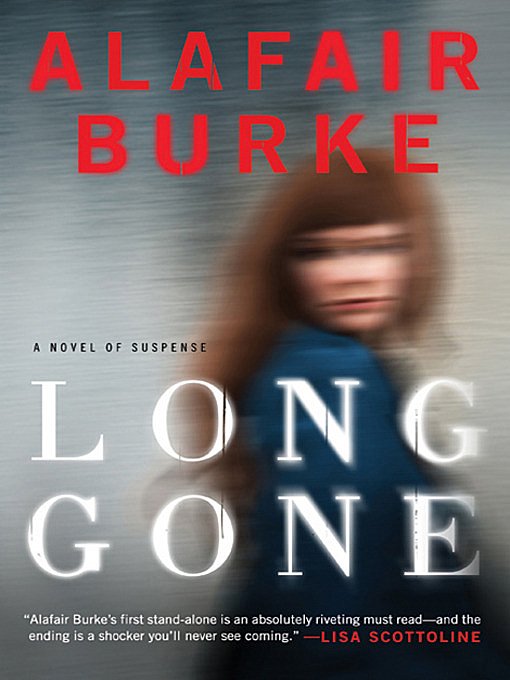I recently found one of the best movie websites to visit:
http://blogs.indiewire.com/leonardmaltin/
Maltin is a legend in the field and his reviews aren't pretentious. They're short, skillfully encapsulating movies in theaters that you've heard of and might want to see. He also pays dutiful attention to what's going on in film restoration, and there's always good interviews. This is now a must-site for me. Usually, on Thursdays or Fridays, I check out new film reviews in Entertainment Weekly or Movieline or NPR, but Maltin's site has now become essential.
Okay, so in two days in school, Gabriel has done well; in fact, his behavior has been classified as "great." He has had speech therapy, learned to sit for a longer period of time than he hitherto knew how to do, had a fire drill, ate his snacks, taken a half-hour nap, and was walked out to the student pick-up twice by his teacher. Both days, he has come home slightly dazed/relieved and been subjected to a stress-free, familiar surfeit of Special Agent OSO, peanut butter-and-jelly sandwiches, milk, and snacks.
So in less than two weeks I finished Norman Mailer's massive, imposing The Naked and the Dead, a fanatically-detailed, long-winded, vivid, unsentimental account of a reconnaissance platoon on the fictional South Pacific island of Anopopei. The Americans land on the island with the goal of driving out the Japanese, who occupy the interior of the island, the enemies' depleted forces strung out beneath the shadows of Mount Anaka. Mailer traces the interior life of each member of the platoon, even providing "Time Machine" sections where he shows snippets/summaries of each soldier's existence before the war. At times, I lost track of the characters, forgetting what Mailer revealed about them two or three hundred pages earlier, but by the end, each of their personalities was distinct again, even emblazoned into my conscience. (It's okay for your mind to drift a while.)
What's most memorable about the novel is how chiefly the notion of anti-climax plays into the proceedings. Almost nothing in the various missions goes as planned: the battles end before they're supposed to begin; characters deserving comeuppance don't get it; a planned assignment that more or less takes up half the book peters out when the platoon is forced to run form a swarm of hornets; characters die before they've had any closure. Mailer repeatedly emphasizes abruptness, a lack of physical or moral order, a sense of worthless accomplishments, empty struggle. In my Shelfari review this morning, I said this about the book (which was inspired by Mailer's own in a cavalry regiment during the Phillipines Campaign in the second World War): It's "big, extravagantly detailed, emotional, overlong, passionate, lusty, crude, exciting, boring." I think that's a fair assessment. There were sections that drug on and one and others that were so emotionally tuned-in, even shattering. The writing throughout is a knockout and I can well imagine the resulting explosions that scarred the literary scene when this novel came out in 1948, Mailer only twenty-four then, his literary, ambitious, fearless prowess seemingly invincible.
Finally, every once in a while I swing over to the Georgia Ornithological Society website to see if any rare bird alerts have been posted. Well, in the month of January, here are (to name a few) of some of the birds that were seen in this great state:
 | |
| American woodcock |
 | ||
| White-winged dove (seen in Savannah) |
 |
| Snow Bunting (seen on Tybee Island) |
 | |
| Red phalarope |



